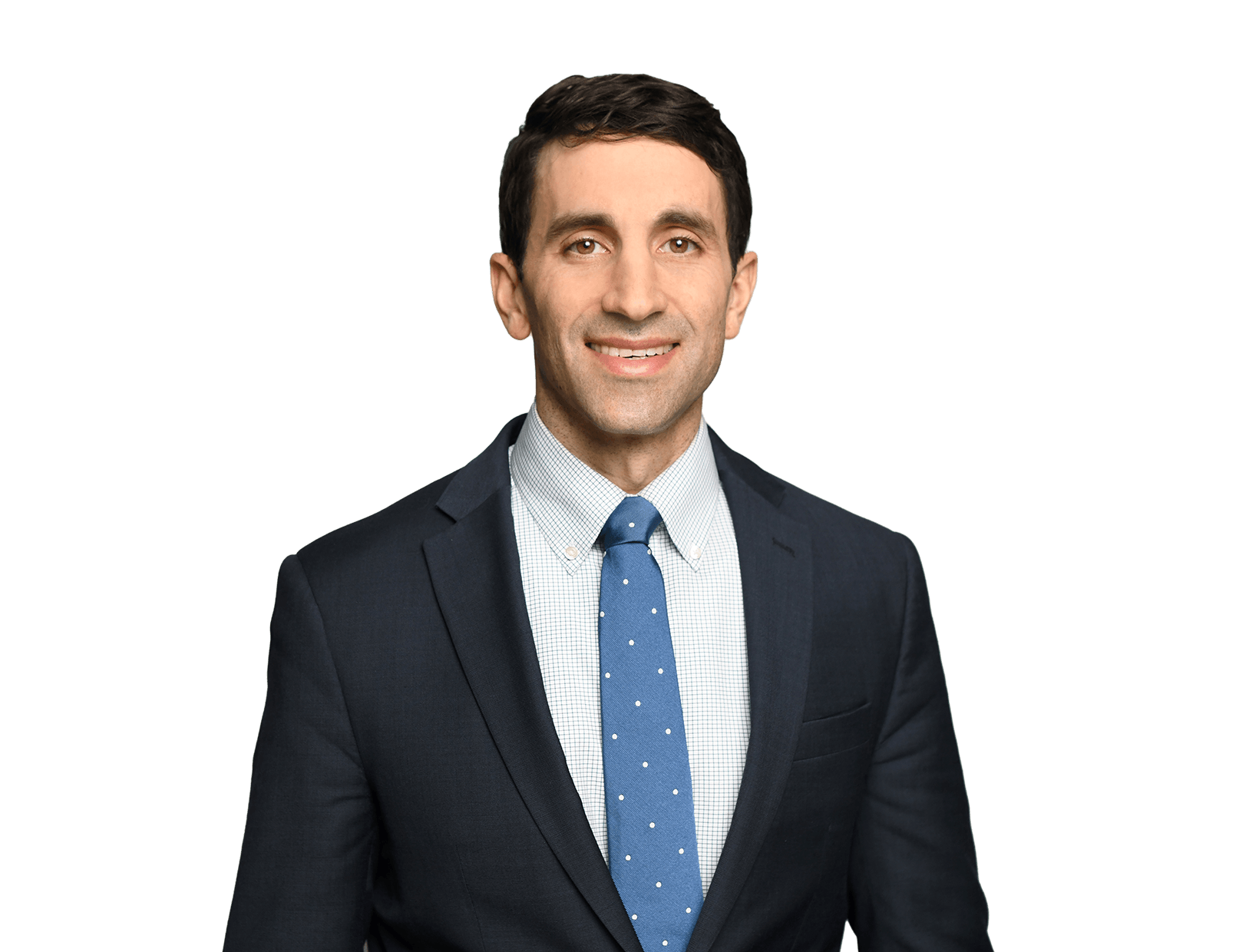Blog
PTAB's Construction Must Be "Reasonable" In Light of All Intrinsic Evidence, PTAB May Require Patentee to Show Amended Claims Are Patentable Over All Prior Art of Record
Fish & Richardson
Authors
-
- Name
- Person title
- Principal

Microsoft Corp. v. Proxyconn, Inc., __ F.3d __ (June 16, 2015) (PROST, Lourie, Gilstrap) (PTAB) (4 of 5 stars)
Federal Circuit reverses the PTO's construction and resulting anticipation finding on some claims, affirms anticipation on others, affirms a construction and validity finding on another claim, and affirms denial of motion to amend. The patent was directed to a system for expediting network data access by having a "sending computer" transmit a short data digest that, if recognized by the "receiving computer," eliminates the need to send the entire underlying document. The system can also include "gateway" and "caching" computers to further facilitate matters.
Claim Construction: Although the broadest reasonable interpretation standard applied, that did not mean the Board "may construe claims during IPR so broadly that its constructions are unreasonable under general claim construction principles." Slip op. at 6. As prior precedent instructs, the claims must be read in light of all the intrinsic evidence, including the file history and must "reasonably reflect the plain language and disclosure." Id. at 7.
Given these principles, the term "gateway...connected to said packet-switched network in such a way that network packets sent between at least two other computers" should have been limited so the "two other computers" were the sending and receiving computers and couldn't include the caching computer. The claim recited the "two other computers" independently of the caching and gateway computers, and the word "other" further distinguished them. Moreover, the specification consistently used "two other computers" to refer to the sending and receiving computers.
Likewise, the terms "sender/computer" and "receiver/computer" were not broad enough to include intermediaries. The specification referred to them as separate components from the rest of the network. Although one embodiment showed that they can sometimes perform other functions, that did not mean they could broadly include the separately identified gateway or caching computers. The Board also misinterpreted part of the specification as allowing a broader construction.
For a third term, the Board correctly interpreted the term "searching" in light of the specification and thus correctly upheld a dependent claim's validity.
Anticipation: Substantial evidence supported the Board's finding that the step of "receiving a response signal" was disclosed by a client that sent a download request after receiving an index. The patentee's contrary argument was based on a phantom, unclaimed limitation.
Motion to Amend: The PTO had discretion to set requirements for motions to amend through adjudication rather than the rule-making because its relative lack of experience with such motions justified case-by-case decisions rather than a rigid rule. Moreover, Idle Free Systems, Inc. v. Bergstrom, Inc., IPR2012-00027, Paper 26 (PTAB June 11, 2013), properly interpreted 35 U.S.C. § 318(b) and 37 C.F.R. § 42.20(c) to require that the patentee show its proposed amended claims were patentable over all prior art of record, not just the prior art used to reject the original version of those claims. If "the patentee were not required to establish patentability of substitute claims over the prior art of record, an amended patent could issue despite the PTO having before it prior art that undermines patentability," which would defeat Congress's purpose in creating IPRs as "part of a more efficient and streamlined patent system that will improve patent quality and limit unnecessary and counterproductive litigation costs." Id. at 26. And, here, the patentee was not unfairly surprised by the art and had adequate time to respond.
Finally, the Federal Circuit noted that it was not deciding the propriety of other requirements in Idle Free not presented by this case, such as that the patentee demonstrate the patentability of the amended claims over all known prior art (even art not otherwise of record).
The opinions expressed are those of the authors on the date noted above and do not necessarily reflect the views of Fish & Richardson P.C., any other of its lawyers, its clients, or any of its or their respective affiliates. This post is for general information purposes only and is not intended to be and should not be taken as legal advice. No attorney-client relationship is formed.